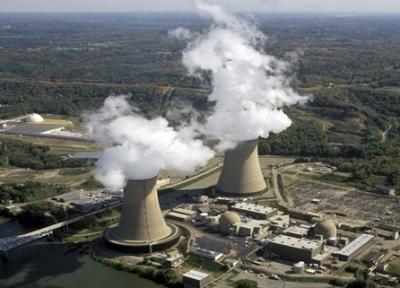Tracking Future Virtual Water in the United States Electricity Sector
Generating electricity consumes water at its point of origin, but some of the electricity gets traded to other places. The water consumed is embedded in traded electricity in a concept known as virtual water. Researchers found that in the future, despite an overall increase in electricity demand, the amount of water virtually traded in the U.S. electricity sector will decrease as a result of coal power plant retirement and increased shares of non-water intensive technologies such as solar and wind. Additionally, they found that under a low carbon future, virtual water trade will only increase by 32% despite electricity demand more than doubling.
A first-of-its-kind study, this work highlights the need for integrated water management strategies in the United States. Recent literature has begun quantifying historical virtual water trade patterns in the electricity system, but this study has taken the first step in analyzing the future. This research will enable the identification of states and regions that may be relied upon for future electricity trade. The work paves the way for future research projects that can expand upon the studied scenarios and understand how water moves through the electricity trade, identifying where it originates.
Future transformations in the electricity sector could entail major shifts in power sector technology mixes and electricity trade, with consequences for virtual water trading. Previous virtual water trade studies largely focused on historical timeframes. Using the United States as an example, researchers explore future virtual water trade driven by electricity trade under a range of future electricity sector transformation scenarios for the first time. Under a business-as-usual scenario, virtual water trading in 2050 will decrease by 3% relative to 2015 levels. By contrast, virtual water trading will increase by 3%, 26%, and 32%, respectively, in scenarios characterized by higher socioeconomic growth, higher potential for transmission expansion, and low carbon transitions. Electricity generation expansion in the western United States drives these increases, resulting in higher virtual water trade to the East. The results also showed that as electricity generation shifts to the West, an increasing amount of nonrenewable groundwater will be consumed to generate the electricity supplied to the East. Independent of the scenario, the U.S. electrical grid primarily relies on virtual water exports from just a few states. This study highlights the need for integrated and national strategies to manage both water and electric systems.

